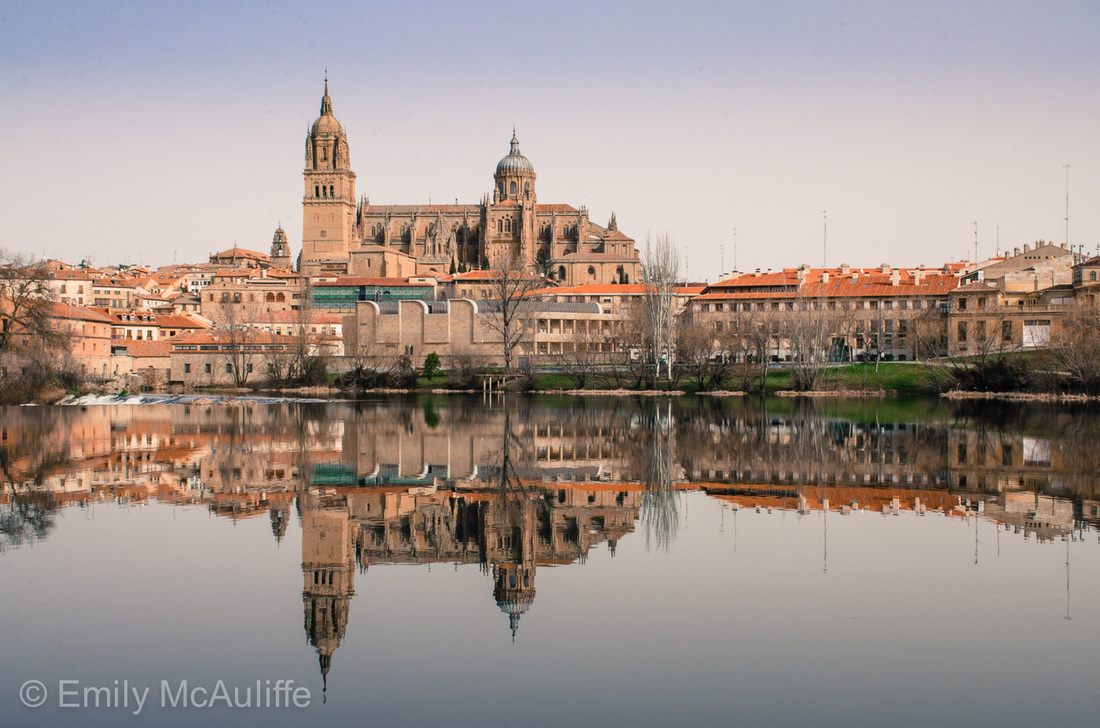- Blog
- About
- Articles
-
Places to visit
- Afife
- Águeda
- Albufeira
- Aljezur
- Almourol
- Alvor
- Amarante
- Arrifana
- Aveiro
- Azenhas do Mar
- Berlenga Grande Island
- Braga
- Caminha
- Cascais
- Castelo Branco
- Coimbra
- Condeixa-a-Nova
- Covilhã
- Douro Valley
- Ericeira
- Espinho
- Évora
- Fátima
- Figueira
- Figueira da Foz
- Funchal, Madeira
- Gondomar
- Guimarães
- Lagoa Comprida
- Lagos
- Leça da Palmeira – Vila do Conde
- Leiria
- Lindoso
- Lisbon
- Loriga
- Manteigas
- Marvão
- Miramar
- Monção
- Monsanto
- Montemor-o-Velho
- Nazaré
- Óbidos
- Peneda-Gerês National Park
- Peniche
- Piódão
- Ponta Delgada, São Miguel Island (Azores)
- Ponte da Barca
- Ponte de Lima
- Portimão
- Porto
- Praia da Costa Nova
- Praia da Ribeira do Cavalo
- Praia da Rocha (Portimão)
- Praia de São Julião
- Rota Vicentina
- Sagres
- Sandomil
- Santa Maria da Feira
- Seia
- Serra da Estrela
- Sesimbra
- Sintra
- Sintra-Cascais Natural Park
- Soajo
- Tomar
- Valença
- Valongo
- Viana do Castelo
- Videos
- Facts
- Press
- Contact
|
I mentioned a while back that I was going to write about the relationship between Portugal and Spain, and given I’ve just returned from a visit to the neighbours over the border (San Sebastián to be precise, lovely spot), I thought it was a good time to put this post together. On my travels I’ve heard comments along the lines of “I haven’t been to Portugal, but I went to Spain”, as if the two countries were one and the same, and “Do they speak Spanish in Portugal?”, suggesting the lines may be a little blurry, particularly for those outside Europe (they officially speak Portuguese in Portugal, in case you were wondering). While Portugal and Spain share a common 1200-kilometre border on Western Europe’s Iberian Peninsula, they are distinctly different countries, yet have shared a lot of history over the years. Let’s take a look.
As you may have read in my post A Brief History of Portugal, Portugal’s kingdom was established in 1139, which made it the first country in Iberia. Spain wasn’t formed until Castile and Aragon united another 300-odd years later. Before this time, Portugal, Castile and Aragon were allies against the Muslim Moors in the Iberian Peninsula’s south.
In the 1500s there were a series of marriages between Portuguese and Spanish royals. The Iberian Union was established between Portugal and Spain when Philip II of Spain stepped up as king of Portugal in 1581 after the former Portuguese king, Henry, died without an heir. So in effect, Portugal slipped under the wing of Spain for a period, but the country wasn’t conquered in the traditional sense. Portugal got a little twitchy about this union however, so initiated the restoration war against Spain in 1640 to regain independence. Things weren’t quite so friendly after that and throughout the 18th century, Portugal often found itself in opposition with its Spanish neighbours. Portugal has had a long alliance with Great Britain, while Spain tended to buddy up with France. In 1762, during the Seven Years’ War, team Spain tried to take on team Portugal ... but failed. Perhaps the greatest tensions arose between Portugal and Spain as they tussled over their colonial stakes around the world, particularly in South America (more info about this period of exploration can be read in my post Who was the first person to sail around the world?). This lead to their signing of the Treaty of Tordesillas and Treaty of Zaragoza to straighten things out. During the 1800s there was an about-turn. Spain – a former ally of the French – was suddenly turned on by Napoleon when he decided to storm both Spain and Portugal. Consequently, the King of Spain got booted out and the Portuguese royals fled to Brazil. (And interestingly, Rio de Janeiro, some 7700 kilometres away on another continent, went on to become the capital of Portugal for thirteen years.) At this point Spain and Portugal got friendly and called on the Brits to help send the French packing. This became known as the Peninsular War, and if you go back to my post When the lion mauled the eagle about one of my favourite statues in Porto, you get a clue as to who won. If we skip forward to the early 1900s, both Portugal and Spain fell under authoritarian dictatorships and became somewhat isolated from the rest of Europe. Read my post 25 April: a shared day in history for Australia and Portugal for information about Portugal’s period of dictatorship under Salazar. From this post you’ll see Portugal’s dictatorship ended in 1974. The Spanish dictatorship then fell a year later, and both countries began to function under the democracies we know today. From personal observation I note relations between Portugal and Spain aren’t chummy like, say, Australia and New Zealand, but day-to-day and side-by-side they tick along happily enough (except perhaps when Spaniards visit Portugal and thank using ‘gracias’ instead of ‘obrigado/a’, which I’ve discovered to be a little bugbear among the Portuguese). The people are also partial to a little side-jab from time-to-time. For instance, when I mentioned I was moving to Portugal earlier in the year, one Spaniard joked ‘Was there visa lottery and you pull out unlucky ticket?’ (I should mention he did go on to say he’d been to Portugal many times and noted it as a beautiful country with very nice people. [Second that.]) Having travelled throughout both Portugal and Spain, I can say they are very much unique countries, and therefore if you visit one, you don’t by default tick off the other. While segments of their history overlap, the two nations have different people, a different language, different food, different traditions and different landscapes … so you really need to visit both. Think of it as a good excuse to stretch out your travel plans a little longer. And finally, how could I forget your most burning question related to this topic - is there such thing as a siesta in Portugal? Well, short answer no, as 'siesta' is in fact a Spanish term. In some small towns in Portugal however, you will find places that shut up shop for a period around lunchtime, but it's not the norm, and certainly not in the big cities. Perhaps the most frustrating thing you'll encounter is shops being closed on Sundays, which you'll find even in Porto once you step outside the tourist centre. For photos, facts and other updates, like The Portugal Wire on Facebook.
4 Comments
Rana Hamza
3/10/2018 04:27:06 am
The link to your post 'When the lion mauled the eagle' needs to be fixed. Don't know about the other.
Reply
3/10/2018 04:50:14 am
Hi Rana, thanks so much for alerting me to that broken link - I've fixed it now. Thanks too for your feedback, a search bar is something for me to consider.
Reply
John Jao
8/12/2019 02:57:16 pm
I really need to fart Emily.
Reply
Leave a Reply. |
AboutThe Portugal Wire is the blog of Australian travel writer, copywriter and photographer Emily McAuliffe. Previous postsThings you might not know about Portugal A brief history of Portugal Who was the first person to sail around the world? (Hint: he was Portuguese ... and then he wasn't) A quick overview of Portugal's economy 25 April: a shared day in history for Australia and Portugal Portugal's bridges: go big or go home Portugal and Spain: same same but different? Interesting facts about Porto Traditional Portuguese food: what to eat and drink in Portugal Who are they? Famous names on the streets of Portugal Interesting facts about Lisbon Uncovering Porto's secret gardens Lonely Planet Instagram takeover: sharing some of my favourite hidden spots in Portugal In the news... my feature in Portugal's national newspaper Diário de Notícias On board the Presidential train in Portugal's Douro Valley When the lion mauled the eagle (Porto) Kicking design goals: Cristiano Ronaldo & Pestana's CR7 hotels Lovely Lisbon: my top picks of where to eat, drink, visit and stay in Portugal's capital city Porto street art: fighting the good fight The best places to visit in Lisbon: 5 of my favourite neighbourhoods Big waves in Nazaré: my favourite beach town in Portugal Best things to do in Porto Portuguese wine: yes, the wines of Portugal extend far beyond port Portuguese architecture Part I: Manueline style Portuguese architecture Part II: Pombaline style When is the best time to visit Portugal? Food to try in Porto: northern Portuguese cuisine explained Filigree designs: the beauty behind traditional Portuguese jewellery Archive
December 2019
Categories
All
|
THE PORTUGAL WIRE
Emily McAuliffe
- Blog
- About
- Articles
-
Places to visit
- Afife
- Águeda
- Albufeira
- Aljezur
- Almourol
- Alvor
- Amarante
- Arrifana
- Aveiro
- Azenhas do Mar
- Berlenga Grande Island
- Braga
- Caminha
- Cascais
- Castelo Branco
- Coimbra
- Condeixa-a-Nova
- Covilhã
- Douro Valley
- Ericeira
- Espinho
- Évora
- Fátima
- Figueira
- Figueira da Foz
- Funchal, Madeira
- Gondomar
- Guimarães
- Lagoa Comprida
- Lagos
- Leça da Palmeira – Vila do Conde
- Leiria
- Lindoso
- Lisbon
- Loriga
- Manteigas
- Marvão
- Miramar
- Monção
- Monsanto
- Montemor-o-Velho
- Nazaré
- Óbidos
- Peneda-Gerês National Park
- Peniche
- Piódão
- Ponta Delgada, São Miguel Island (Azores)
- Ponte da Barca
- Ponte de Lima
- Portimão
- Porto
- Praia da Costa Nova
- Praia da Ribeira do Cavalo
- Praia da Rocha (Portimão)
- Praia de São Julião
- Rota Vicentina
- Sagres
- Sandomil
- Santa Maria da Feira
- Seia
- Serra da Estrela
- Sesimbra
- Sintra
- Sintra-Cascais Natural Park
- Soajo
- Tomar
- Valença
- Valongo
- Viana do Castelo
- Videos
- Facts
- Press
- Contact



 RSS Feed
RSS Feed